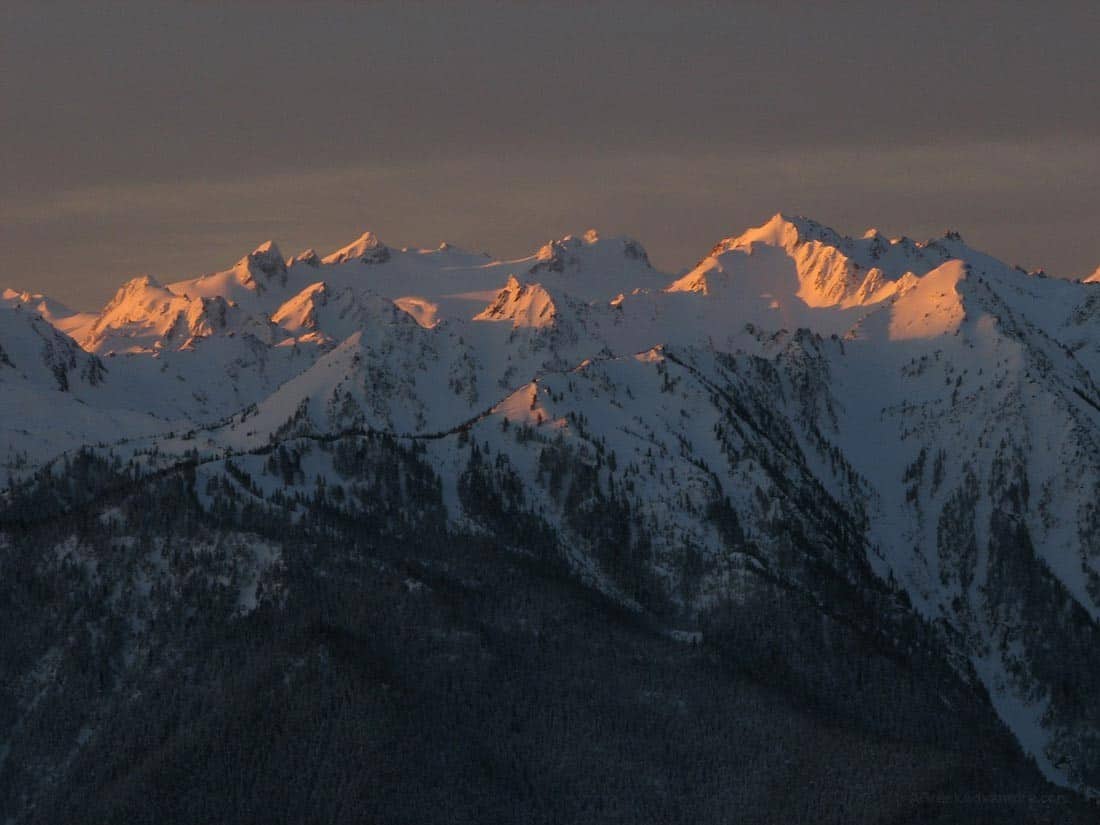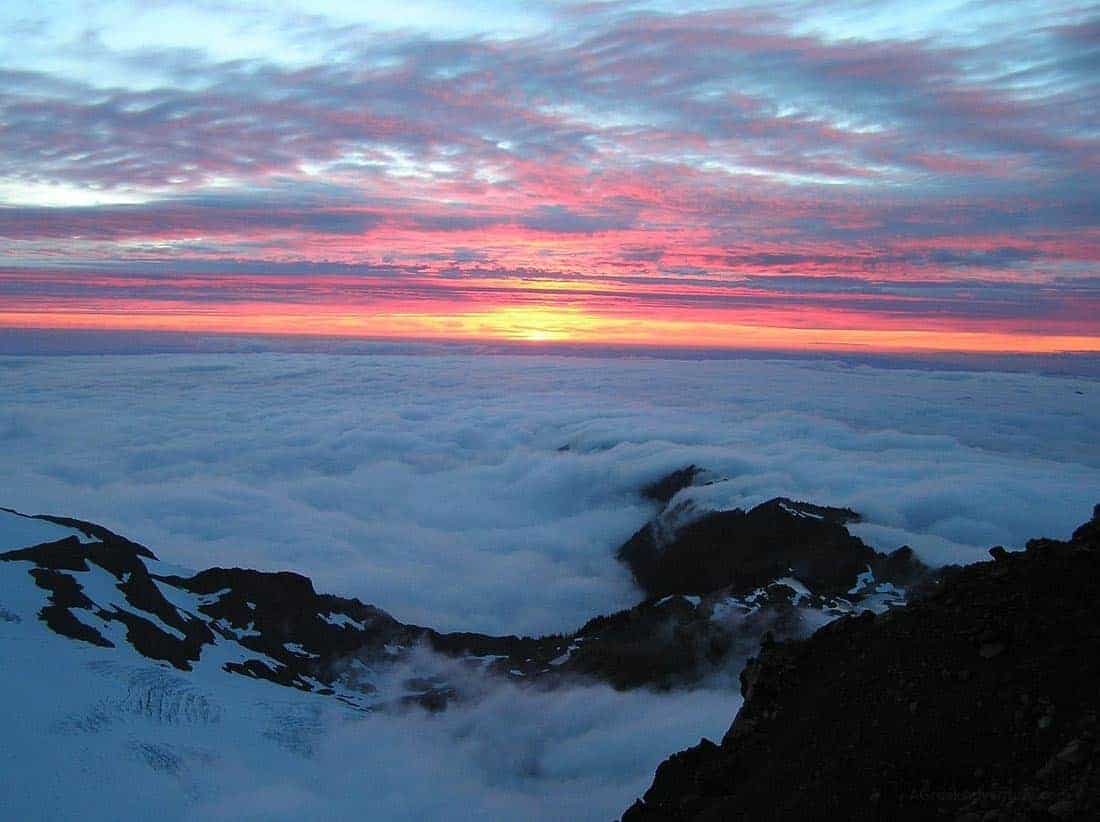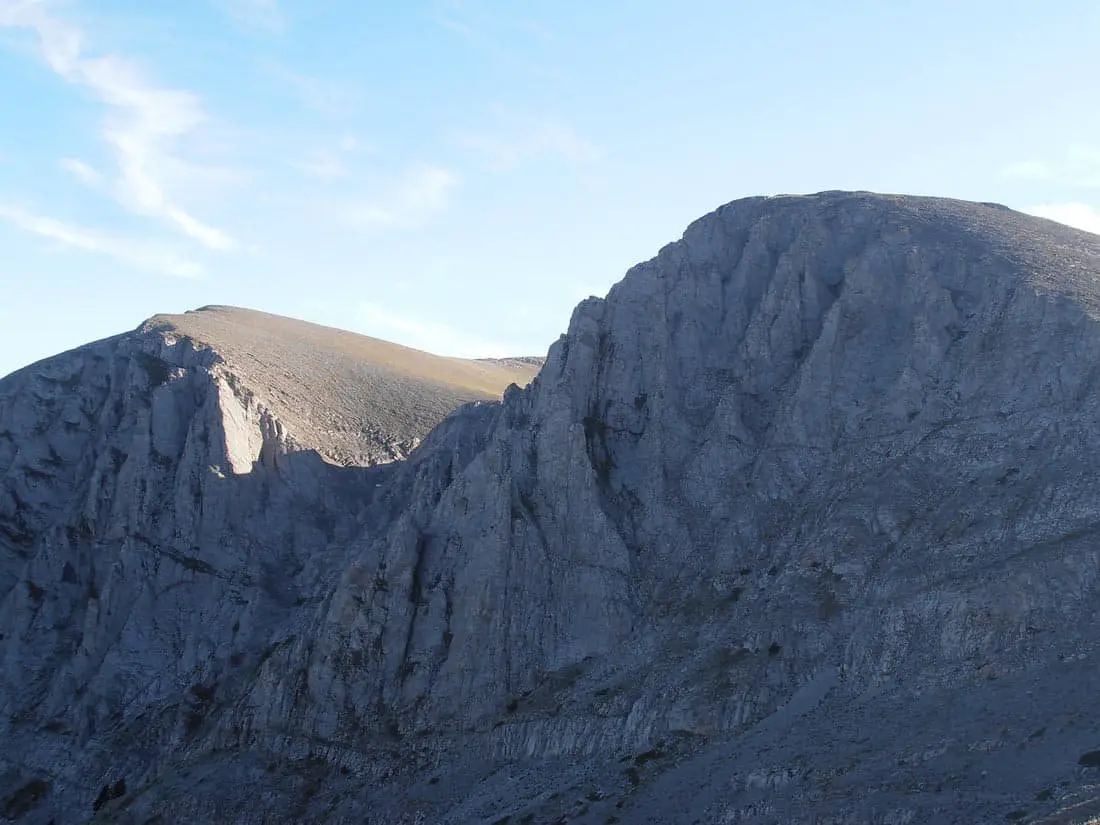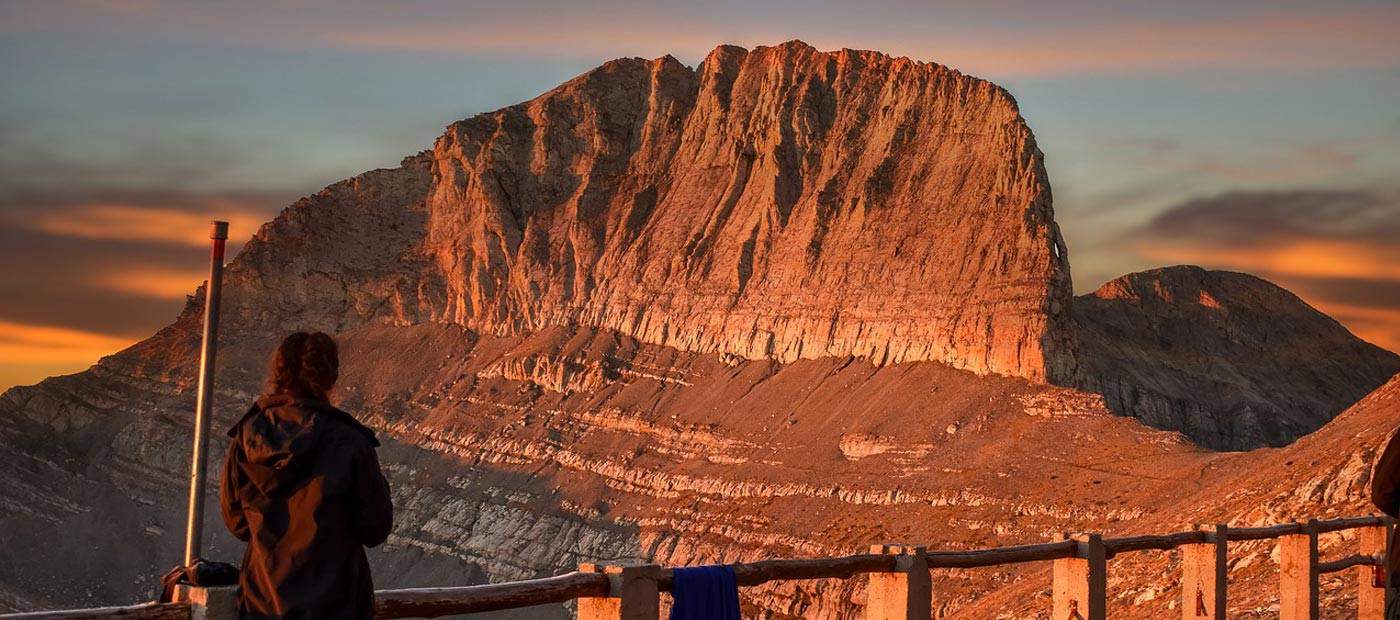Mount Olympus is well known for being the highest mountain range in Greece.
It is located on the border of Macedonia and Thessaly and is roughly 80 km southwest of the city of Thessaloniki.
Mount Olympus boasts over 50 peaks, numerous deep gorges, and features the most remarkable biodiversity.
The broader region of Mount Olympus is considered a natural monument and a place of Outstanding Universal Value (Unesco).

It’s the tallest peak is Mytikas, which has an elevation of 2,917 meters, and is one of the highest know peaks in Europe.
Mount Olympus is steeped in history, and was an essential part of the Ancient Greek Mythology, as the home of the 12 Greek Gods.
The myth claims that Olympus following the Gods fight, against the Titans.
People also believed that the Pantheon (now Mytikas) was the meeting place of the gods, as well as many heated discussions between them.
The throne of Zeus (today it is called Stefani) was said to be where the leader of the gods threw his lightning bolts at those who displeased him.

Mount Olympus is also famous for its many species of flora. It became the 1st National Park of Greece in 1938, as well as the World-renowned Biosphere Reserve.
Mount Olympus has thousands of visitors every year who come to climb the peaks, admire nature, and enjoy tours of the slopes.
There are numerous climbing and mountaineer routes available for visitors who want to climb and explore the mountain. Most start from the village of Litochoro; in the mountainous eastern foothills.

Another favorite activity that many people enjoy watching is the 100 km Mount Olympus Marathon that begins in Thessaloniki and ends in Litochoro.
The marathon usually happens at the beginning of every summer.
Olympus is quite accessible to visitors from all over the world. There are national railway stations in Athens and Thessaloniki that connect with most of the local villages and towns surrounding the mountain.
There are also numerous hotels, taverns, and other lodgings places.
The international airport is in Thessaloniki, and there are also buses and taxis available for sight-seeing visitors.

Greece generally has a mild Mediterranean climate for the most part, and most visitors enjoy the temperate climate, although the weather can sometimes change several times throughout the day, depending on where you are.
Olympus is the most famous mountain in Greece.
The sheer height and size of its peaks and valleys attract visitors from around the world.
It is relatively accessible for hiking and climbing regardless of one’s climbing skills. The paths and roads leading up the mountain are under frequent maintenance to allow easy access.
It gives ample opportunity for hikers and visitors to enjoy the natural beauty of the mountain, and the variety of unusual plants and animals unique to the area.
The forest service has also provided numerous places to sit, relax, and catch your breath during your climb.
There are fountains and springs by the sitting places to enjoy as well as information signs and maps.
Some visitors who have more time to spend, can stay overnight at one of several refuges along the way up the mountain, and continue in the morning.
The refuges have all the necessary equipment, with all the amenities, including a restaurant, sleeping facilities, and emergency medical if required.

For those who crave more adventure than just climbing and hiking, there is also hang gliding and para-sailing, scuba diving in the fantastically crystal clear waters of the Mediterranean.
There are also many luxury hotels close to Mount Olympus for the visitor who enjoys being pampered with good food, relaxing in the sun, swimming in the hotel pool, getting a massage, or just relaxing.
There are also tours available for visitors who enjoy historical places and seeing the beauty of Greece.
Have you read this article? 12 Top Things to Do in Macedonia Greece.

